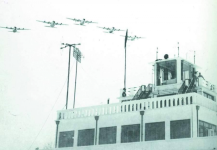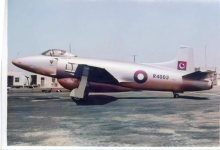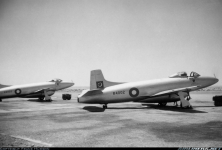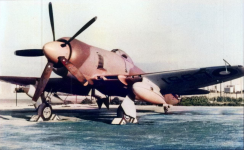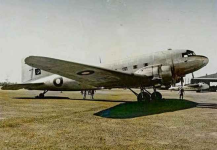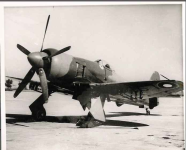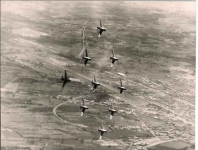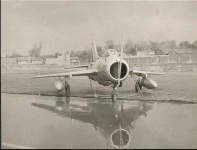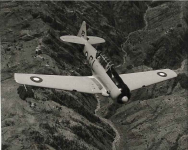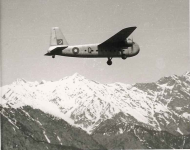Navigation
Install the app
How to install the app on iOS
Follow along with the video below to see how to install our site as a web app on your home screen.
Note: This feature may not be available in some browsers.
More options
Style variation
You are using an out of date browser. It may not display this or other websites correctly.
You should upgrade or use an alternative browser.
You should upgrade or use an alternative browser.
Images - Pakistan Air Force in the Mirror of History.
- Thread starter ghazi52
- Start date
ghazi52
THINK TANK: CONSULTANT
- Mar 21, 2007
- 117,031
- 167,200
- Country of Origin

- Country of Residence

- Thread starter
- #154
PAF started the war with 98 Sabres in the start of September 1965, 120 was the number which we received in 1956-1958. We lost 22 aircraft in attrition during 9 years of operational training. At the end of the war PAF lined up 83 F-86F Sabres, 20 B- 57s and 10 F-104s.
The figure of 24 B-57s and one RB-57F is a confirmed figure. No.7 and No.8 Squadrons took 12 aircraft each in 1959-1960.
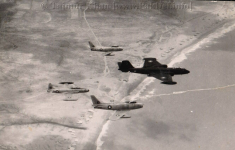
The figure of 24 B-57s and one RB-57F is a confirmed figure. No.7 and No.8 Squadrons took 12 aircraft each in 1959-1960.

Fatman17
THINK TANK: CONSULTANT
- Apr 24, 2007
- 37,450
- 43,827
- Country of Origin

- Country of Residence


The Karachi R101 shed in all its splendour during wartime. P-38 Lightnings and B-25 Mitchells are among the aircraft on the apron.
Karachi R101 shed
Q In the January 2020 issue, Ian Stewart wondered whether the large airship building erected for the ill-fated R101 still existed at Karachi Airport.
A Ian Anderson has responded, firstly to say that airships are always housed in sheds, whereas aircraft are always in hangars. On the Karachi shed and gas plant, Ian says it was the largest building in the British Empire at the time of its construction at Drigh Road (now the international airport) in 1926-27. It covered an area of 230ft by 850ft, with internal clearances sufficient to accommodate an airship measuring 180ft wide and 170ft high. As it was not for airship construction, it had vertical sides for offices and storage, unlike the Cardington sheds. It was also larger in order to accommodate the planned R102 and R103, which were bigger than the R101. Contractors were the Armstrong Construction Co of London, a subsidiary of Armstrong Whitworth, under the direction of the Air Ministry. The Karachi mooring mast was octagonal in shape with a hydrogen plant for regassing the airship while moored.
Ian continues, “The sides were clad with galvanised sheets, the roof with asbestos- protected metal sheets, while the doors were quite different to any other at the time using an independent lattice frame […] comprising two leaves 171ft high by 91ft wide, giving an arch-shaped opening 182ft wide up to 80ft from ground level and semi-circular at the top. Each door had two horizontal 50in-diameter wheels and two 40in vertical wheels. The cost of the shed was £250,000 to develop and it was never used by an airship.”John Martin, crediting Roger Allton of the Airship Heritage Trust, adds that the shed was demolished in 1960 and the metal used for construction of Pakistan Railways’ bridges and buildings. Locals had nicknamed the shed ‘Kala Chapra’ or ‘Black Hangar’.
Fatman17
THINK TANK: CONSULTANT
- Apr 24, 2007
- 37,450
- 43,827
- Country of Origin

- Country of Residence

Some of the best fighter pilots had their training on the Harvard T-6G
Users who are viewing this thread
Total: 1 (members: 0, guests: 1)
Country Watch Latest
Latest Posts
-
-
Hezbollah-Israel Conflict 2024 - Lebanon & Occupied Palestine Territories (32 Viewers)
- Latest: Falcon29
-
-
-



